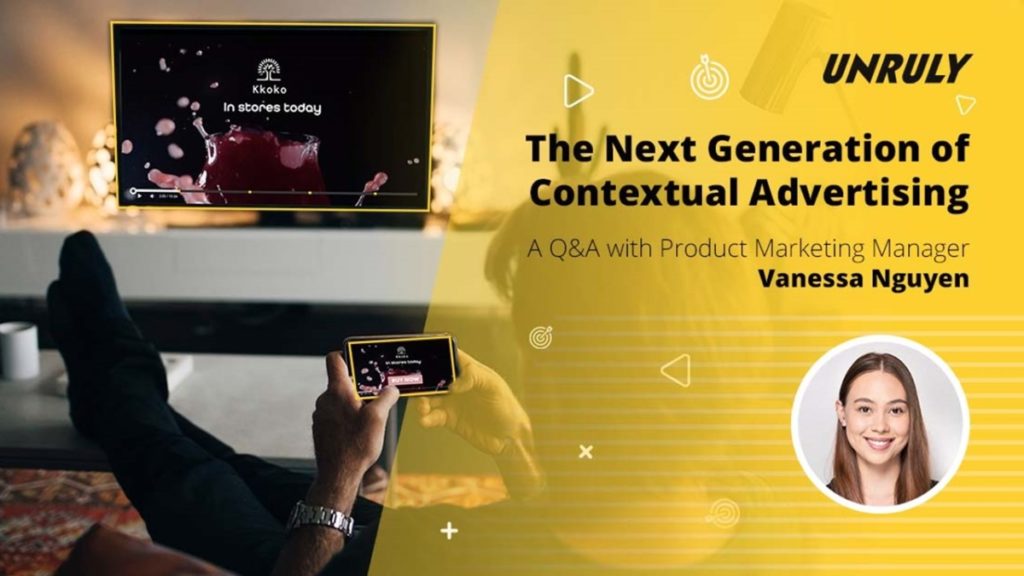A Look at Content-Level Targeting: The Next Generation Of Contextual Advertising
A Q&A with Product Marketing Manager, Vanessa Nguyen

As TV viewing habits and ad spend continue to shift and migrate — with as many as 60 percent of marketers (in the U.S. alone) planning to move ad dollars from linear to advanced TV this year* — the importance of strong and relevant contextual advertising has become increasingly meaningful. Too often, though, content-level attributes aren’t passed on from publishers in the advanced TV space — costing them valuable revenue streams, limiting marketing opportunities for buyers, and serving less personalized advertising to consumers.
But with the advent of standardized content-level targeting — an offering Unruly is thrilled to have pioneered and integrated into parent company Tremor International’s end-to-end technology platform — the game is changing.
So, what exactly is content-level targeting? How does it work? And how is it helping transform the advanced TV landscape for publishers, buyers, and ultimately consumers? We turned to Product Marketing Manager Vanessa Nguyen for answers to these questions and more. Here’s what she had to say, and why she thinks content-level targeting is going to take advanced TV advertising to new heights in the coming year.
Let’s start at the top: what is content-level targeting?
At its core, content targeting is aligning ads with specific subject matter that a person is consuming. It’s definitely not a new concept–print was always bought this way, and same goes for linear television.
But right now, there’s a disconnect between the ways linear TV and advanced TV (which includes connected TV and over-the-top) are purchased. Unfortunately, when buyers are looking to place advanced TV deals — which, as we know, is becoming increasingly common — they’re presented with a whole bunch of metadata without real meaning or impact attached. Unruly is helping our buying partners reach their key audiences by using publisher-direct data to bundle content that is based on genre and rating attributes in order to make sense of that metadata.
And what’s the end benefit for buyers?
The end benefit for buyers is the capacity to reach key audiences through more relevant advertising, packaging content-level attributes into scalable buying opportunities — something that’s traditionally existed in linear environments, but rarely has been done in advanced TV. And we wouldn’t have been able to offer this on the Tremor side if not for Unruly’s deep relationships with publishers. Ultimately, our end-to-end platform – comprised of the Unruly SSP, Tremor Video DSP, and Tremor DMP – is bringing more targeting opportunities to today’s marketers and buyers.
What about publishers — how are they benefitting here?
Publishers are benefitting in a number of ways. Not only does content-level targeting expand and diversify their revenue streams, it also grants them more control — as they’re essentially able to package up their own inventory using Unruly’s publisher platform. Which, again, is something we wouldn’t be able to provide without our end-to-end tech stack.
Additionally, content-level targeting delivers more tailored advertising to consumers (without third-party cookies or IDFA), creating a smoother user experience for all.
What shows are you watching these days? How might content-level targeting impact you, as a consumer?
Oh, good question! I’m a big fan of cooking shows like Hell’s Kitchen, and I love to experiment with new recipes at home. On a few occasions, I’ve been served ads for cooking pans and chef’s knives that are so tailor-made for me, I can’t help but purchase them. That’s the kind of opportunity and experience that content-level targeting brings to the table (pun intended).
*eMarketer, Nov 2021
